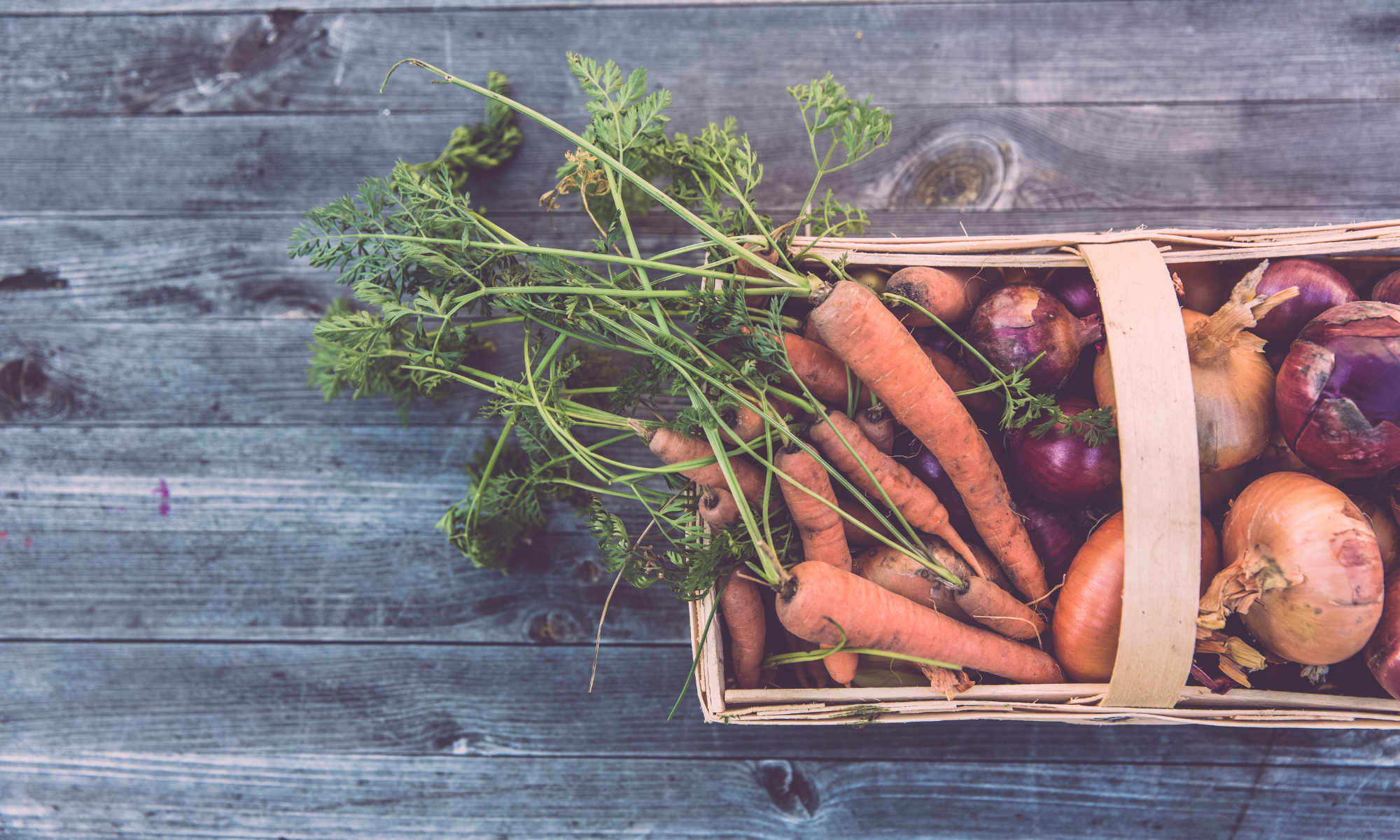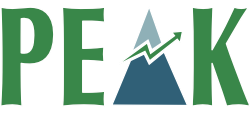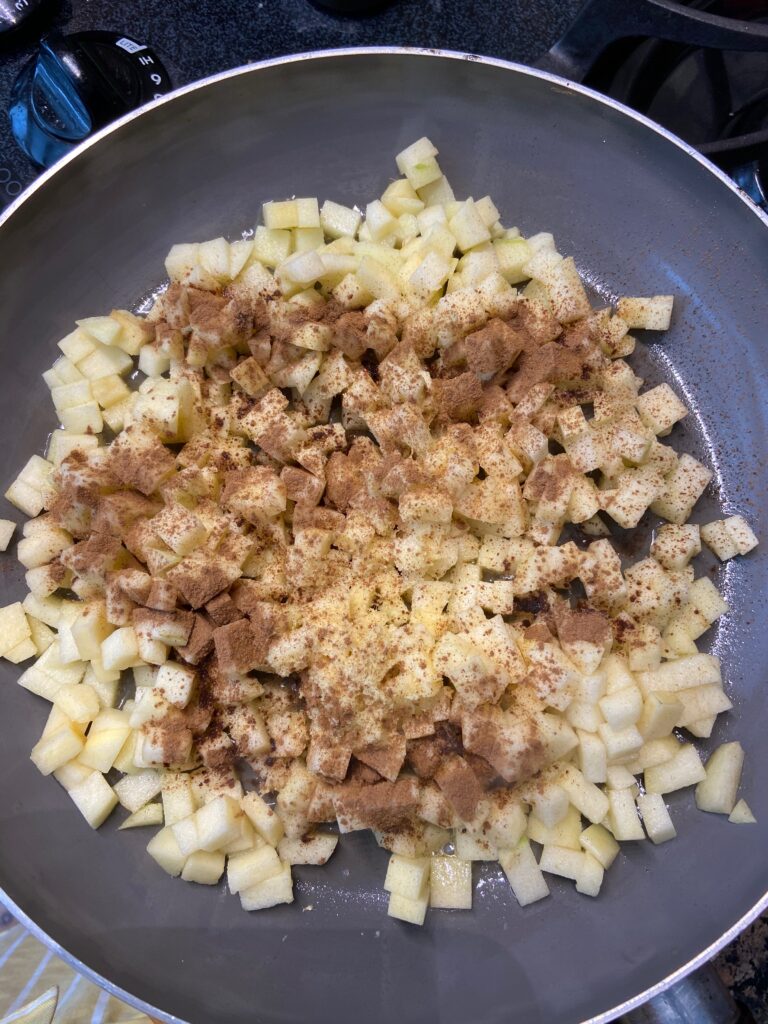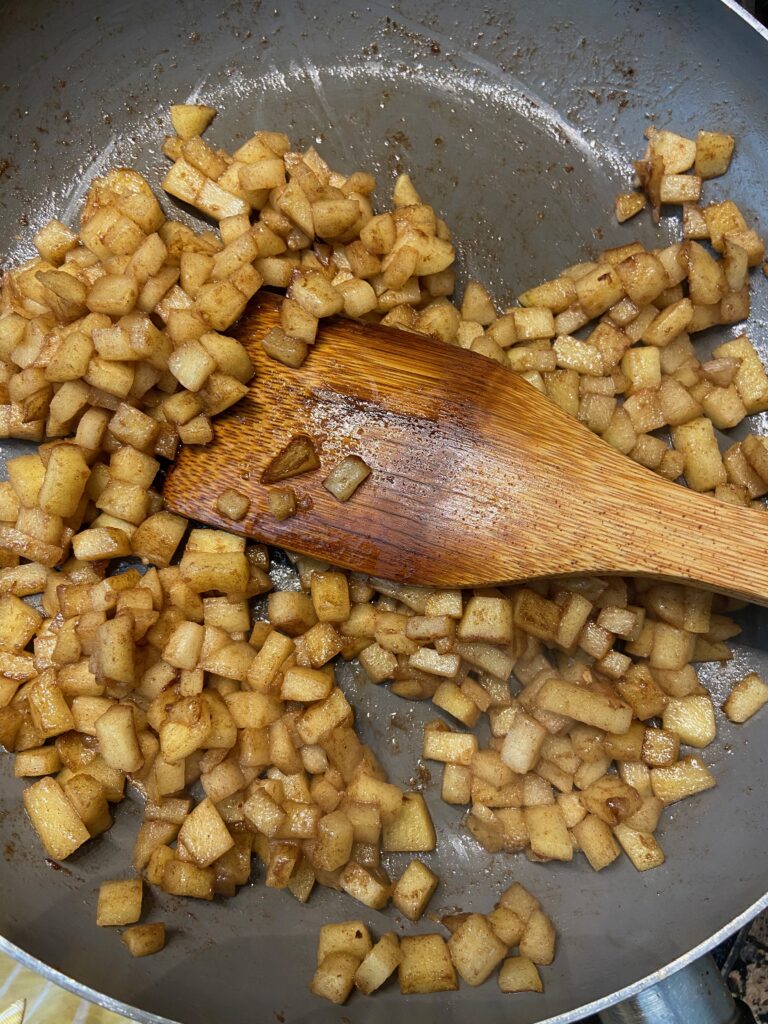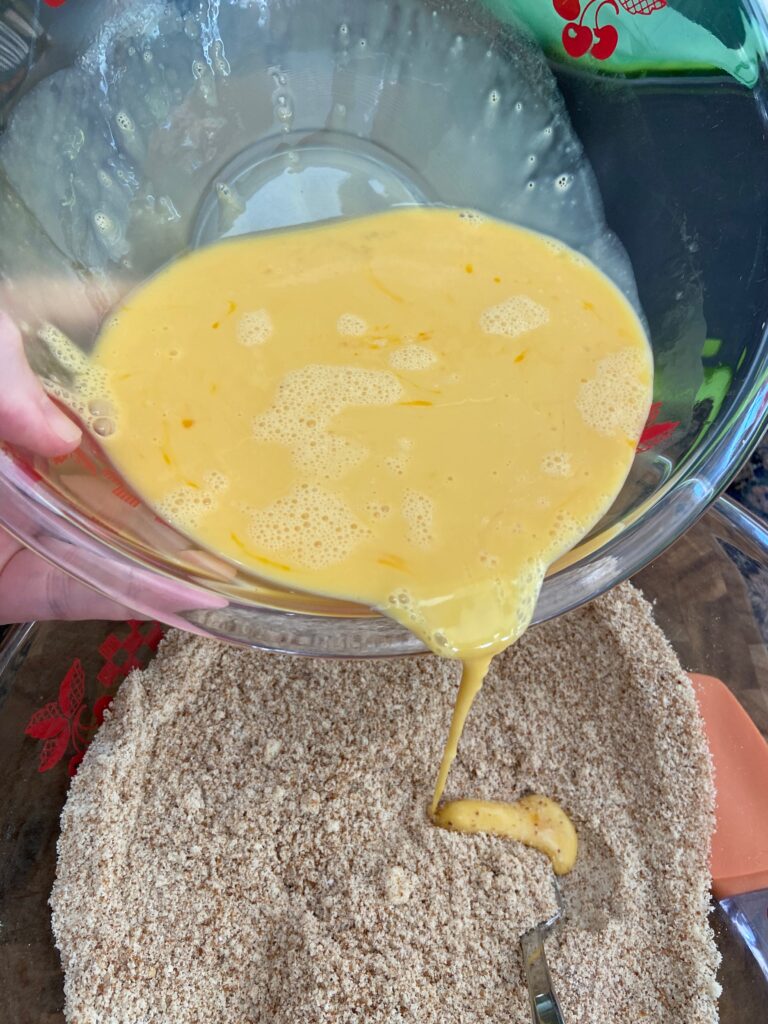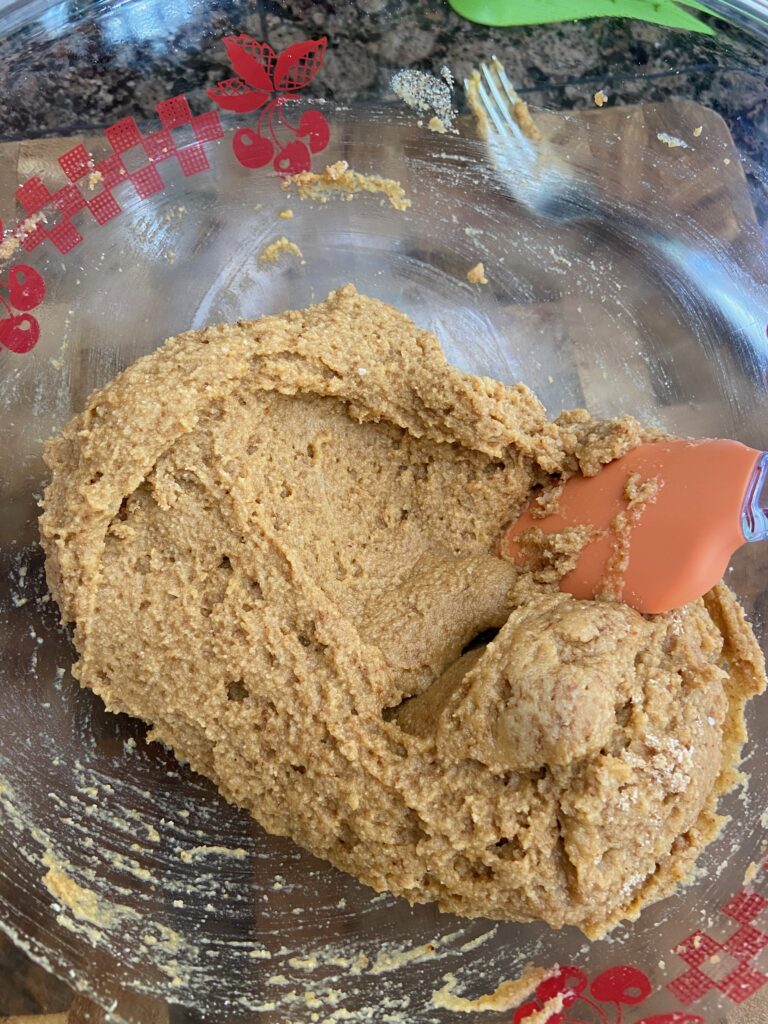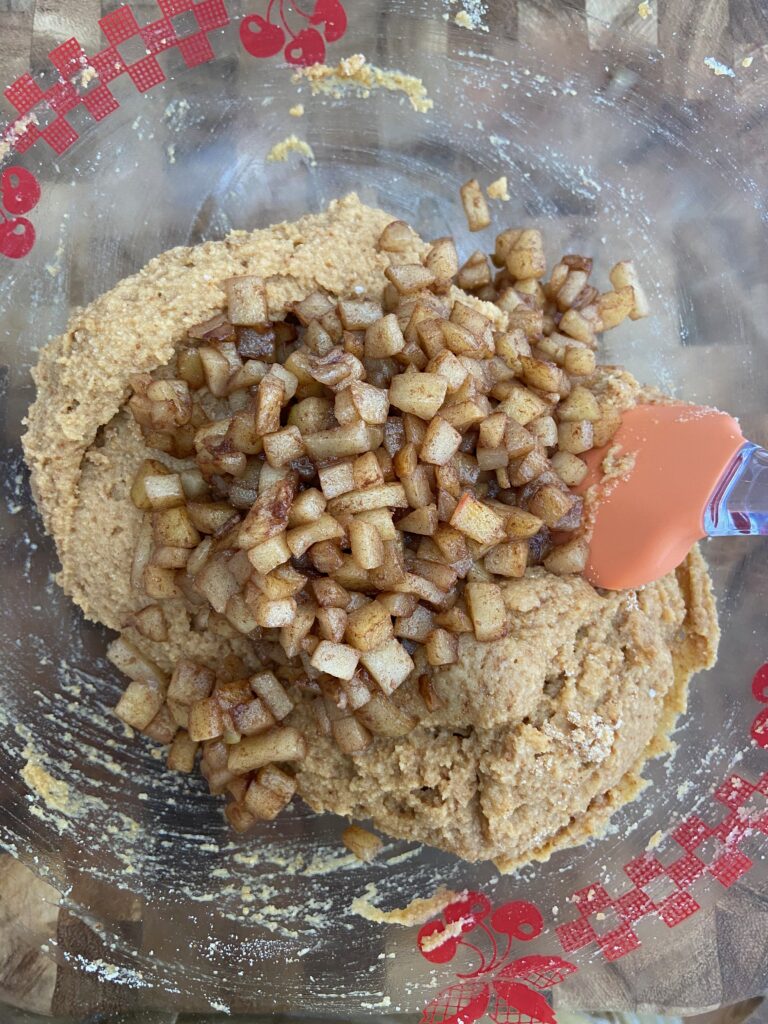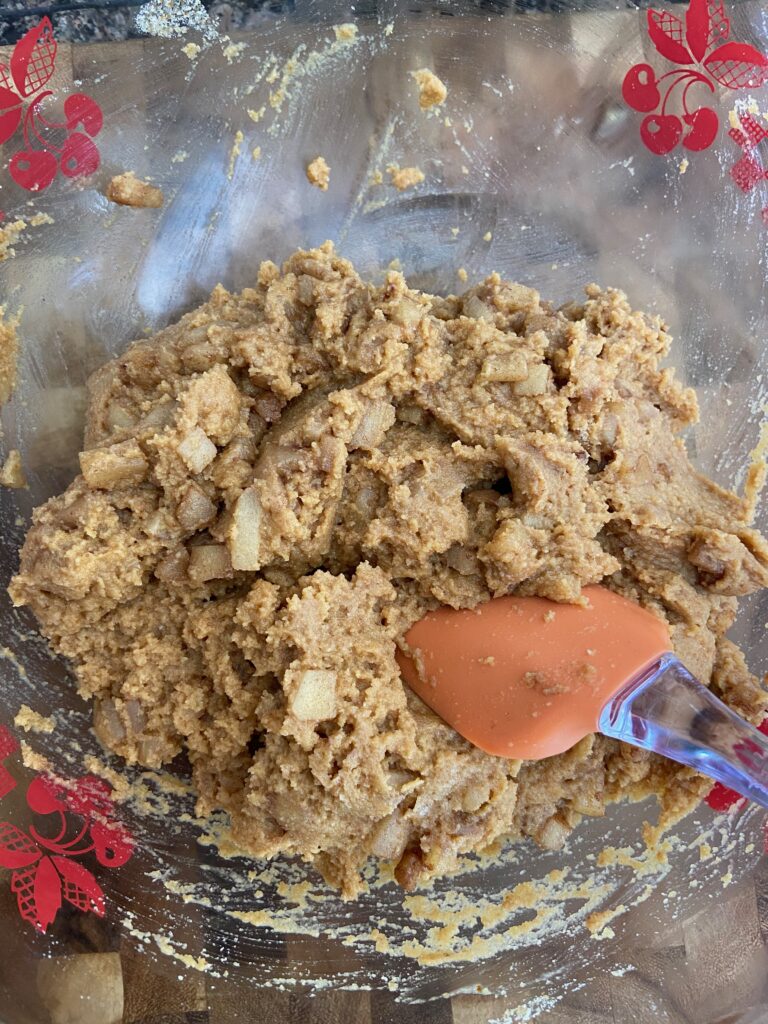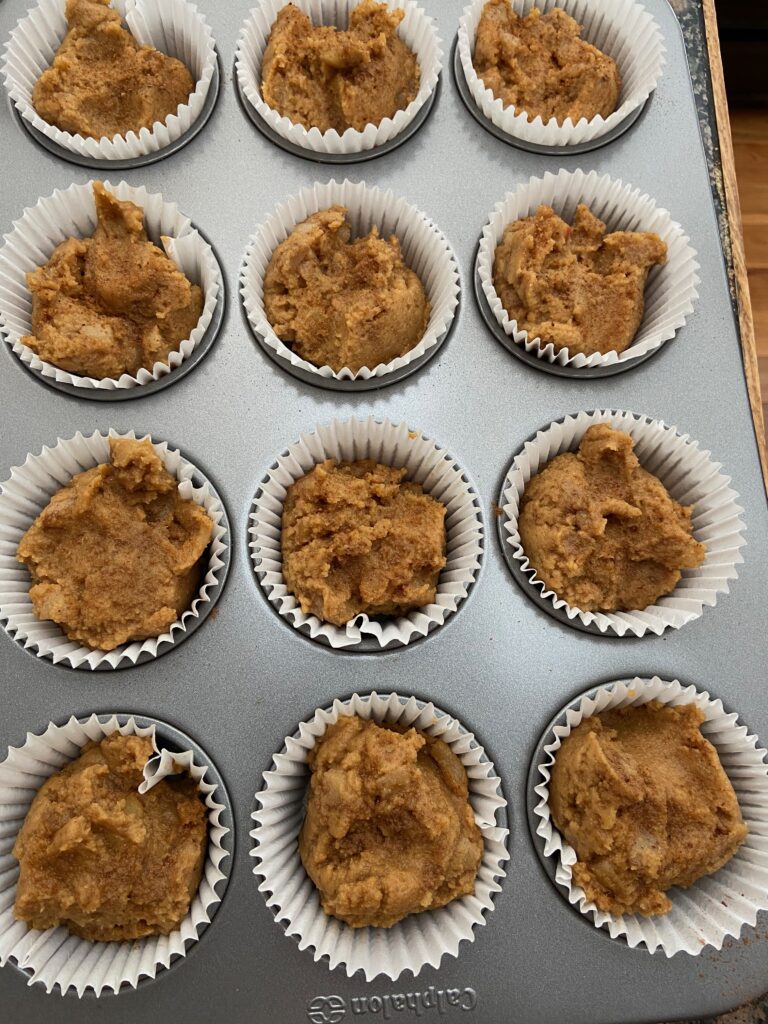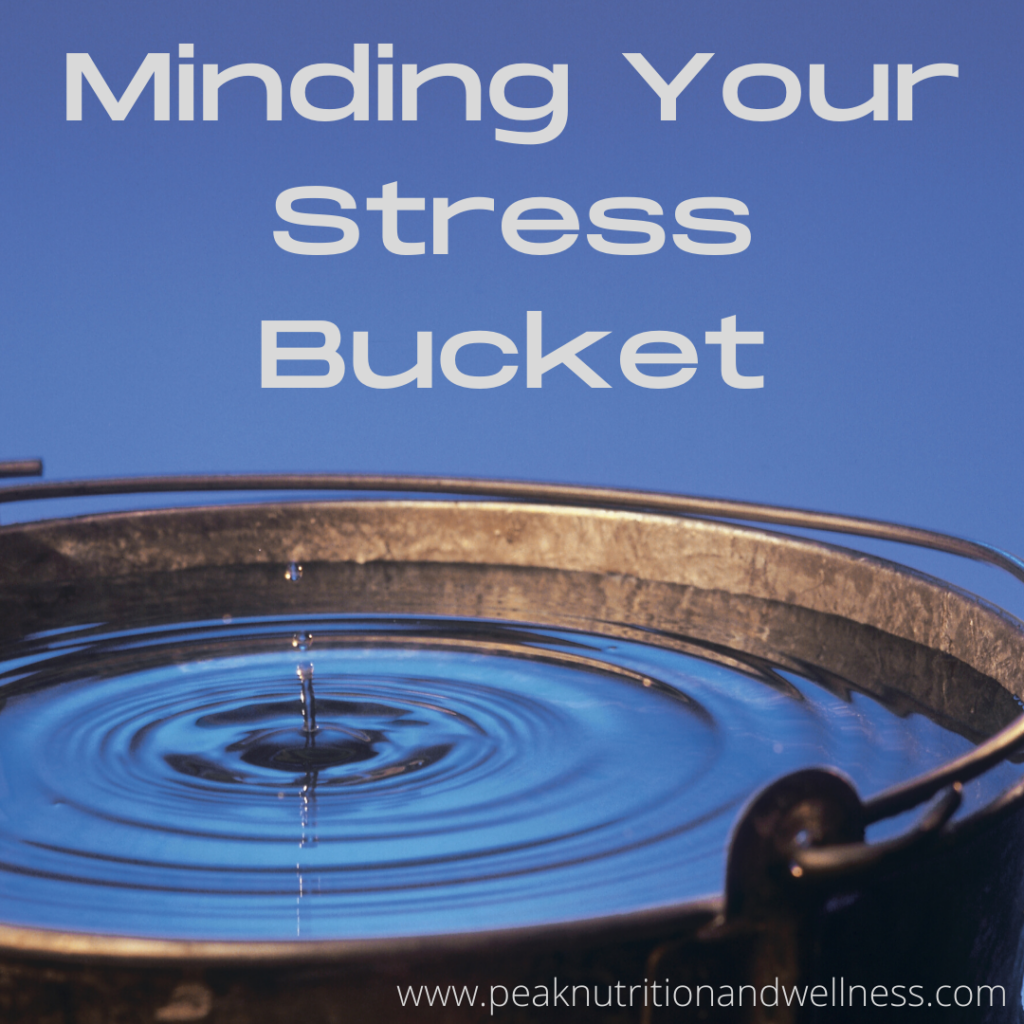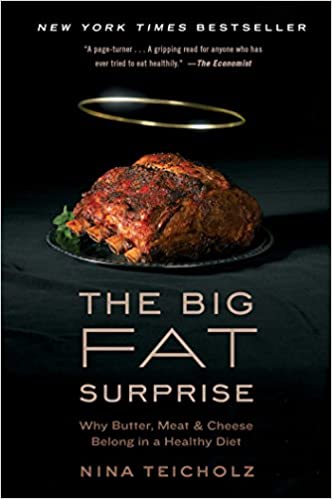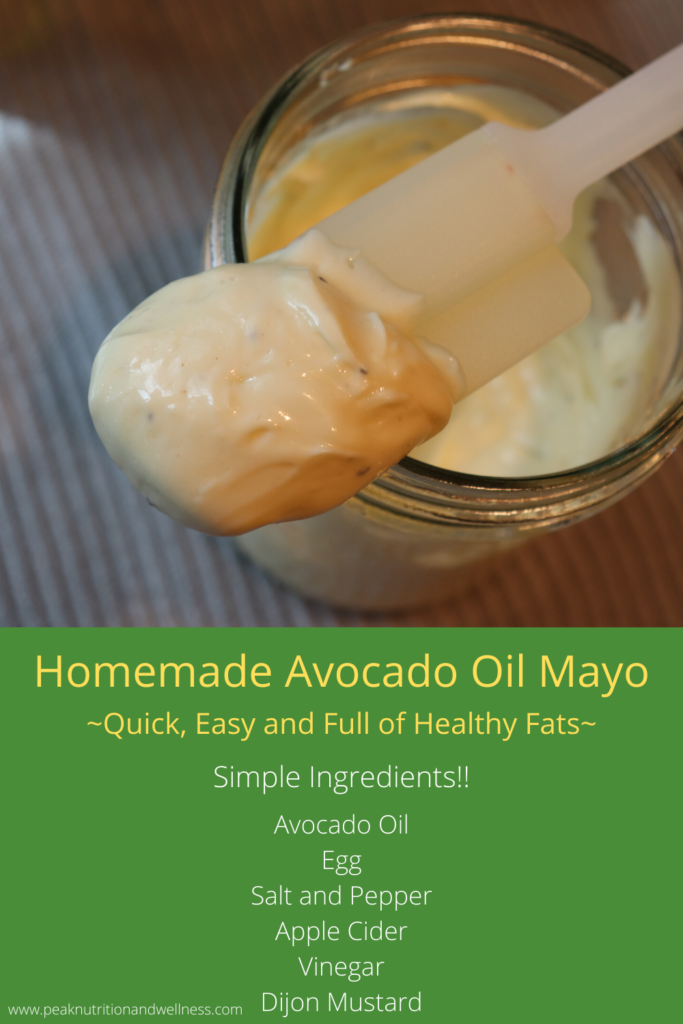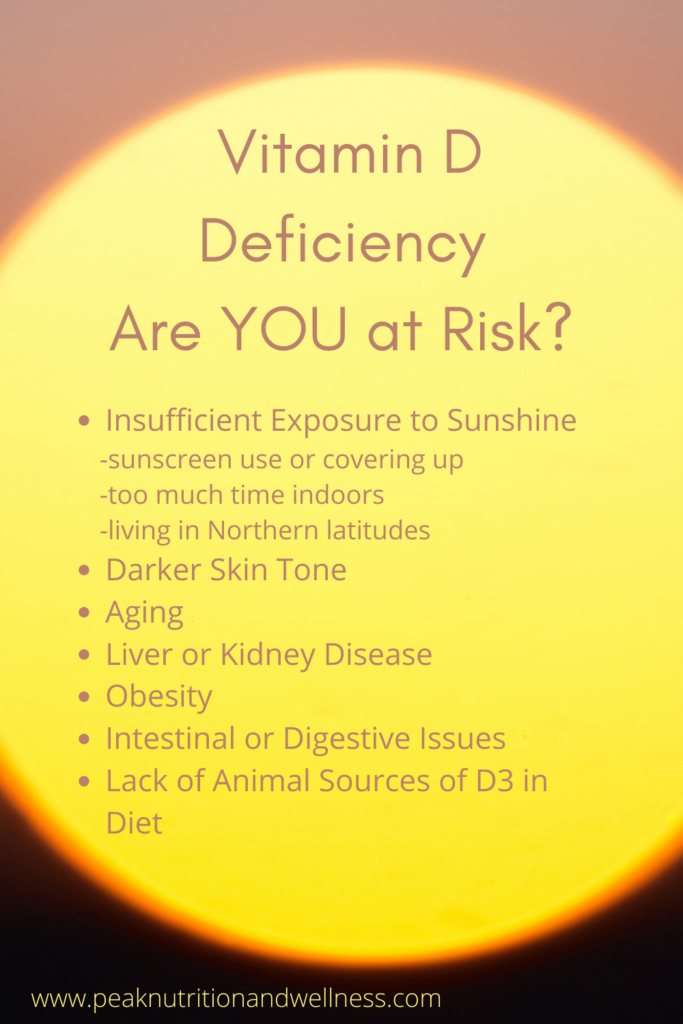Okay, I know it’s TECHNICALLY not Autumn yet – in fact, we’ve had a bit of a heat wave here in the PNW. But, September gets me thinking about all those great autumn flavours – cinnamon, ginger, apples..YUM! And heck, if Starbucks can start selling Pumpkin Spice Lattes before summer is over, we can make muffins! At 50 grams of sugar for a GRANDE latte, my muffins are a lot better for you too!

The inspiration for these, ironically enough, came from a recipe I was trying for a RESTART™ class that I teach. It is a 5 week nutritional education program that I teach to groups (for more info click HERE). It includes a 3 week “sugar detox”, so I was trying a muffin recipe that had NO added sugar. When my husband taste tested one, he said “with a little honey or maple syrup these would be really good!”(insert eye roll here – totally missing the point hon!). But an idea was born!
While definitely not appropriate if you are doing the sugar detox portion of the RESTART™ program. Afterwards, they are certainly something that could be enjoyed once in awhile (maybe even paired with a nice frittata for a balanced breakfast!)
I decided to use coconut sugar as the sweetener (instead of the honey or maple syrup suggested by the hubs) because I like the “brown sugary” flavour it imparts. If you want to use honey or maple syrup, you would have to decrease the amount both sweetener and liquid in the recipe. (Check back for recipe updates once I try this myself!)
Back to the coconut sugar…why not just use brown sugar? Although coconut sugar is STILL sugar, it does have some benefits over regular white or brown sugar. Coconut sugar is much less refined than regular sugar and hasn’t been stripped of all its nutrients. It contains small amounts of minerals like iron, zinc, potassium and calcium, antioxidants and inulin (a fibre that is beneficial for gut health). Granted, the amounts of these nutrients is very small, but it’s better than refined sugar which is completely stripped of ALL nutrients! Another benefit of coconut sugar is that it has a lower glycemic index than its highly refined counterpart. The Glycemic Index of a food indicates how much and how quickly a food raises blood glucose levels. Coconut sugar, having a lower glycemic index than regular sugar, raises blood glucose less quickly and doesn’t cause as much of a “spike” in blood glucose. This makes it less stressful on the body. All that said – sugar IS sugar and even “healthy” sugars can cause inflammation and/or trigger those sugar cravings. So while I still suggest limiting sugar consumption, if you are going to have it – you should definitely consider the less refined options!
The recipe comes together pretty quickly. I started by sautéing the diced apples, cinnamon and grated ginger in the coconut oil for about 5 minutes, or until they just start to soften. (This is when the other people in the house will wander into the kitchen to see what smells so good!!)
Pull the apples off the heat and allow them to cool while you measure the dry ingredients into a large bowl. Mix well.
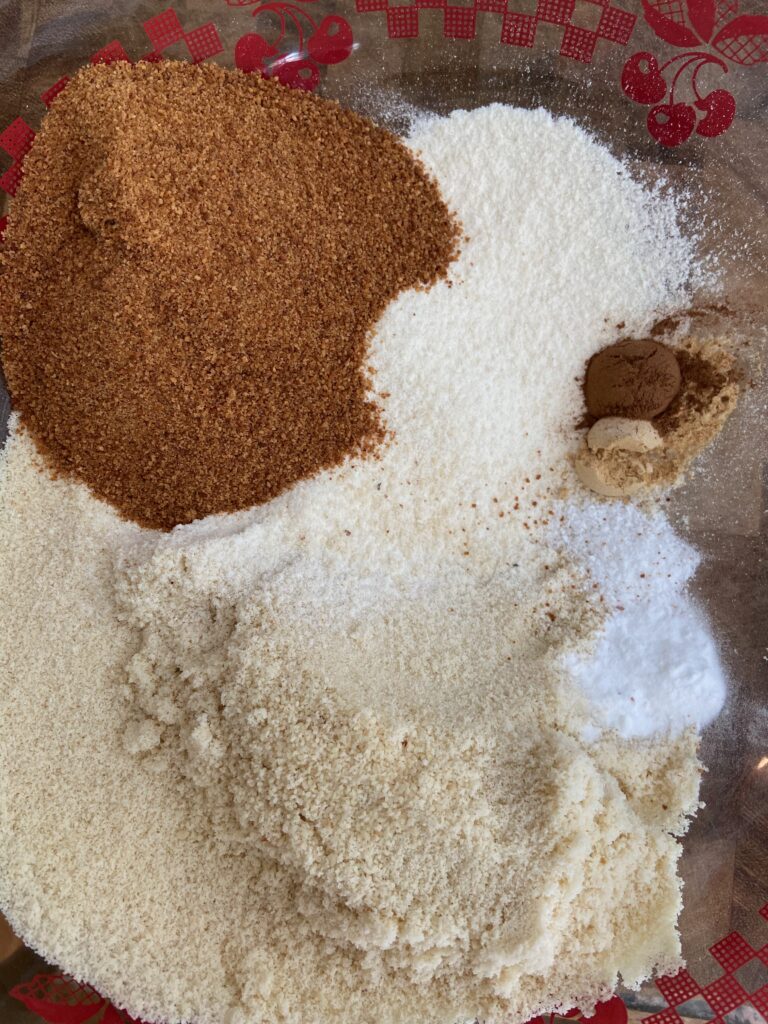
In a separate bowl, whisk together the wet ingredients (eggs, milk and vanilla).
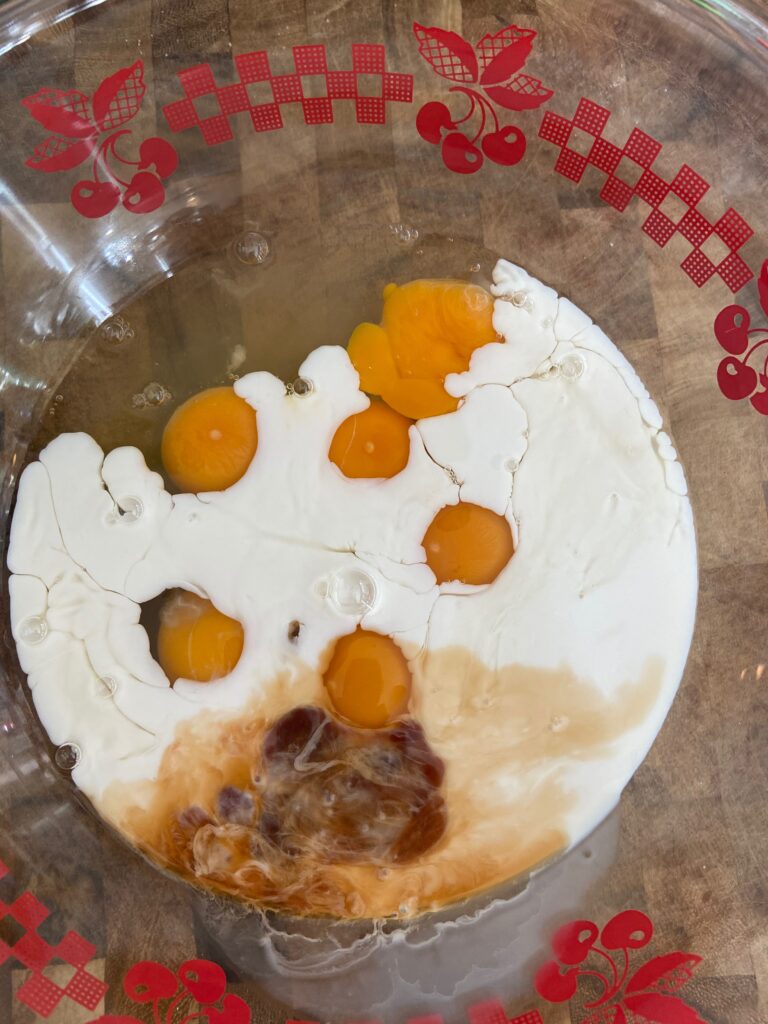
Add the wet ingredients to the dry ingredients and mix well until fully incorporated.
Stir in your cooled apples, measure into your muffin tin and pop in a 350 degree oven for 24 minutes (or until a toothpick inserted in the centre of a muffin comes out clean). YUM!
I think that the next time I make these muffins, I might listen to my husband’s suggestion (don’t tell him!) and try them with honey as a sweetener. Pure, raw honey has pollen, enzymes plus a variety of nutrients and is considered one of the healthiest sweeteners out there (though, remember, it is STILL sugar!). I’d also up the spice game, I like a SPICY muffin – so a little more of everything for me please!
Finally, a note on the apples. Feel free to use whatever variety of apple you like. I actually used 1 Granny Smith and 1 Gala for this recipe, but I found that the Gala didn’t stand up as well and it kind of just melted into the muffin. The Granny Smith are a bit firmer and a little more tart, so they add a nice balance to the sweetness of the muffin.
Happy Baking! If you try them, leave a comment and let me know what you think!
| Prep Time | 25 |
| Cook Time | 24 |
| Servings |
large muffins
|
- 2 Apples (Granny Smith) peeled, cored and diced - yields about 2 cups
- 1 tbsp coconut oil can sub ghee or butter if tolerant to dairy
- 1 tsp Ground Cinnamon
- 1 inch piece Fresh Ginger (grated) can sub with 1/4 tsp ground ginger
- 1.5 cups Almond Flour
- 1/2 cup Coconut Flour
- 2/3 cup Coconut Sugar
- 1 tsp Baking Soda
- 1/2 tsp sea salt
- 1 tsp Ground Cinnamon
- 1/2 tsp Ground Ginger
- 6 large eggs
- 1/2 cup coconut milk can sub with other dairy free milk or regular milk if dairy tolerant
- 1 tsp Vanilla
Ingredients
For Apple Prep
Muffin Recipe
|
|
- Preheat oven to 350 degrees F and line muffin tin with parchments squares or muffin cups.
- Peel, core and dice apples; grate ginger if using fresh (see notes).
- Melt coconut oil in saute pan, over medium heat; add apples, cinnamon (1 tsp) and grated ginger. Saute until just softened, about 5 minutes.
- Remove from heat and move onto Muffin instructions.
- Measure dry ingredients into large mixing bowl and stir until combined.
- Measure wet ingredients into a medium sized mixing bowl and whisk until combined.
- Add wet ingredients to the dry ingredients and mix well, ensuring that all dry ingredients are incorporated.
- Add cooled apple mixture to muffin batter and mix to combine.
- Spoon muffin mixture into prepared muffin tin, filling cups about 3/4 full (~1/3 cup mixture per muffin).
- Place filled muffin tin in preheated oven and bake for 24 minutes or until a toothpick inserted in the centre of a muffin comes out clean.
- Cool on wire rack before storing.
Store for 3-5 days in fridge. Store in freezer for 3 months.
Freezing your fresh ginger root and then grating it on a microplane is much easier than grating fresh unfrozen ginger. If ginger is organic, feel free to zest the skin as well.
